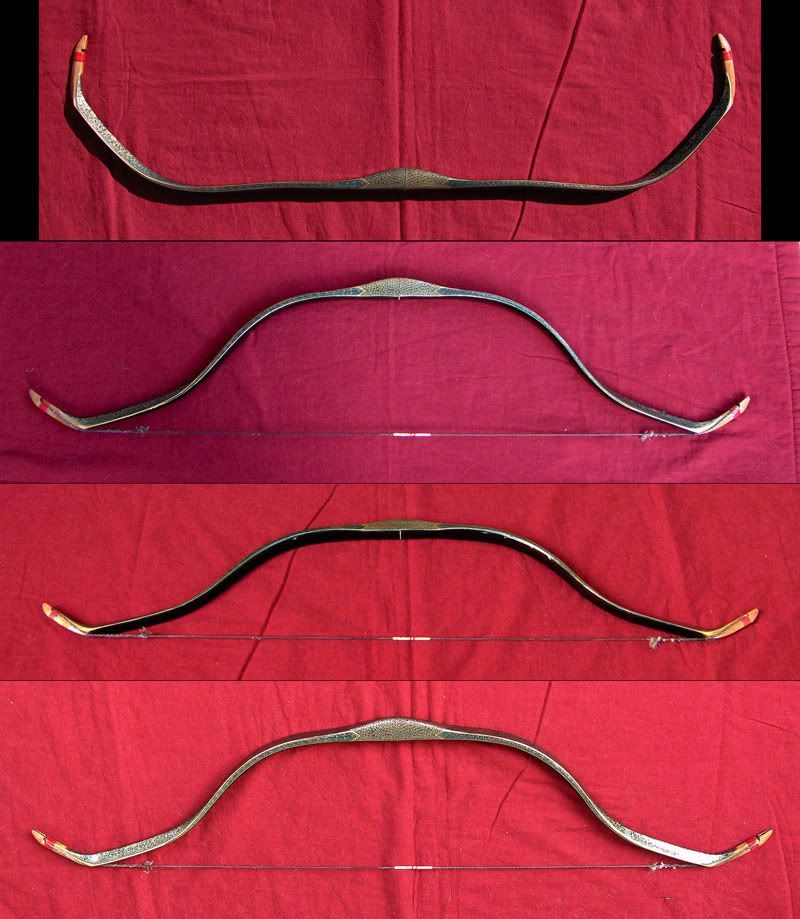Topic: Heatbox necessary outside of Korea?
How necessary is it really to heat box a true hornbow? The reason I ask is I've never heard of Turkish or Mongolian heatboxes for their bows despite sharing the same horn/sinew construction as Korean bows. Lukas Novotny (of Saluki) also says hornbows aren't very vulnerable to moisture, the only problem would be if moisture and heat was combined.
Which makes me wonder, Korean summers are some of the hottest/most humid summers I've ever encountered outside of tropical areas. Could it be the Korean (or other areas with humid summers) climate simply isn't suitable for sinewed bows and that's what makes heat box storage necessary? Turkish summers for instance are very dry, it's blisteringly hot under the sun but very cool if you find some shade.
I'm toying with the idea of getting a hornbow and basically I'm wondering if all this trouble is really necessary in western Europe with relatively low humidity and mild summers.






